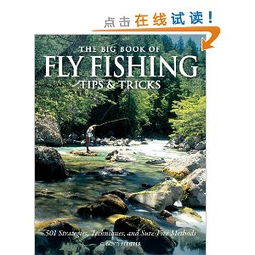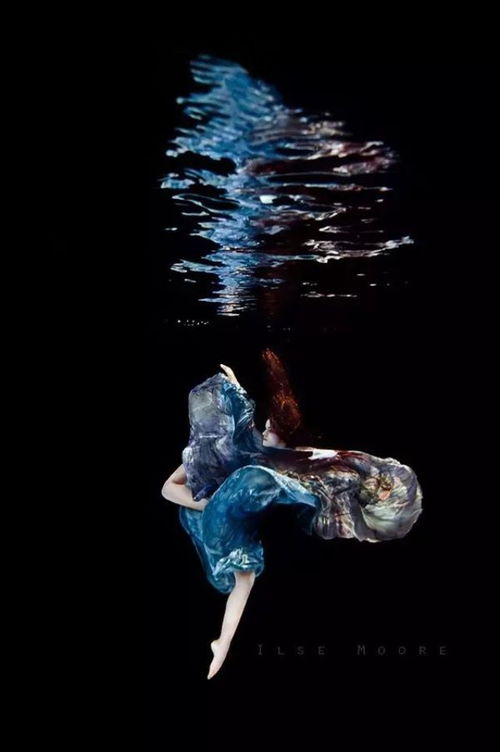Content:
Winter fishing can be a serene and rewarding experience, offering anglers the chance to enjoy the tranquility of nature while pursuing their passion. However, the cold weather presents unique challenges that require careful planning and skill. One of the most crucial aspects of winter fishing is selecting the right location. Here are some expert tips and techniques to help you find the perfect spot for your winter fishing adventure.
Understanding Winter Fish Behavior

Before you can effectively choose a location, it's essential to understand how fish behave during the winter months. Cold water temperatures cause fish to become less active and more selective about their feeding locations. They tend to move to deeper, warmer waters and congregate in areas where they can conserve energy.
Consider the Water Temperature
Water temperature is the most critical factor to consider when choosing a winter fishing location. Fish are cold-blooded, and their metabolism slows down as the water cools. Look for areas where the water temperature remains relatively stable and above 50°F (10°C), as these are the spots where fish are most likely to be active.
Deep Water vs. Shallow Water
In winter, fish often move to deeper waters to escape the cold surface temperatures. However, this doesn't mean you should only fish in deep water. In some cases, shallow waters can be surprisingly productive. Look for areas where the water depth transitions from shallow to deep, as these spots can be prime locations for fish seeking the right balance of warmth and protection.
Structure and Cover
Fish in winter are attracted to structures and covers that provide protection from the cold and current. Look for submerged logs, rocks, weed beds, and drop-offs. These areas can serve as natural fish holding spots, where fish can find warmth and shelter.
Current and Wind Patterns
Current and wind patterns can significantly affect fish behavior in winter. Fish may move into areas with strong currents to stay warm, or they might seek shelter from the wind in calm spots. Pay attention to the flow of the water and the direction of the wind to determine the best locations.
Use of Electronics
Modern fishing electronics, such as sonar and GPS, can be invaluable tools for winter fishing. They allow you to locate fish and identify bottom contours, which can help you choose the best spots. Use these tools to search for areas with good structure and depth changes.
Seasonal Patterns
Fish may exhibit different seasonal patterns depending on the region and the species you're targeting. Research the habits of the fish you're interested in and look for patterns that occur during the winter months. For example, some species may move to certain river bends or lake coves during the coldest periods.
Weather Conditions
Monitor the weather forecast closely. While some anglers enjoy the tranquility of winter fishing, extreme cold or severe weather can be dangerous. Choose calm days with moderate temperatures for the best results.
Safety First
Always prioritize safety when winter fishing. Dress in layers to stay warm, wear a life jacket if you're on a boat, and bring along emergency supplies, such as a first aid kit, extra clothing, and a means of signaling for help.
Final Thoughts
Choosing the perfect winter fishing location requires a combination of knowledge, observation, and a bit of luck. By understanding fish behavior, water temperatures, and the local environment, you can increase your chances of success. Remember to approach winter fishing with patience and respect for the natural world, and you'll be well on your way to a memorable and rewarding experience.












